Affiliate links on Android Authority may earn us a commission. Learn more.
The best Android TV box

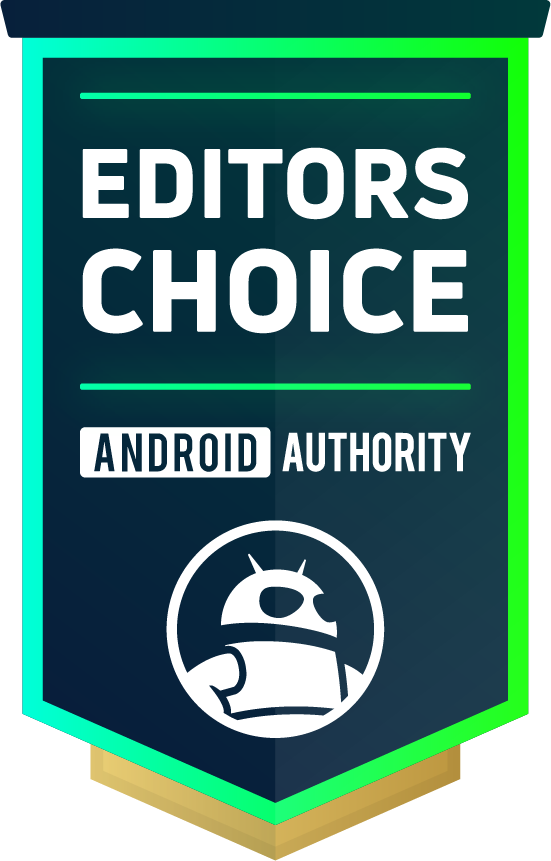

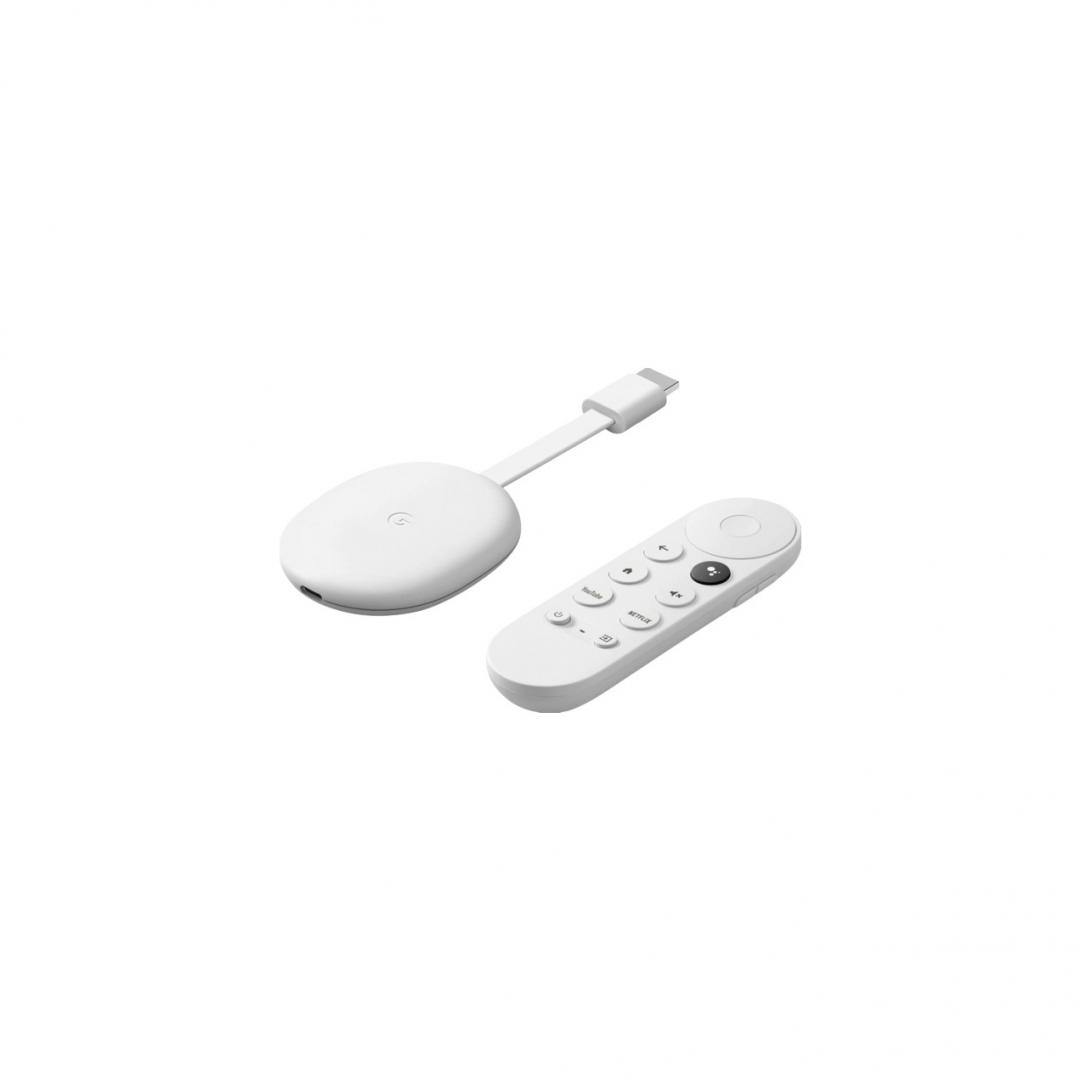


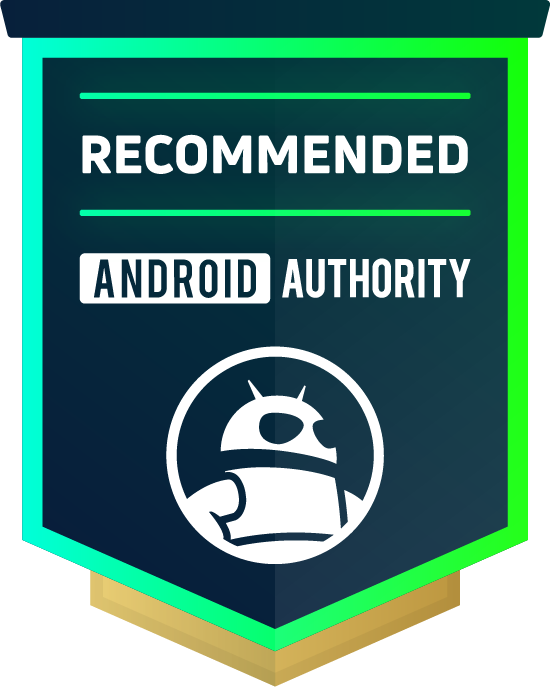


If you’ve decided to bring the power of Google to your TV, there’s a good chance you’re looking for an Android TV device. While not as popular as Roku or Fire TV, Android TV still supports all streaming services, including Netflix and Disney Plus. The good news is that you don’t have to worry about your operating system. However, there are still plenty of options for you to consider. Here are our picks for the best Android TV boxes on the market.
We’ve done our best to spread the love in this post. It includes picks from a select few top manufacturers, each with its own set of pros and cons. You won’t necessarily get the full picture here, but we have reviews for each device.
The best overall
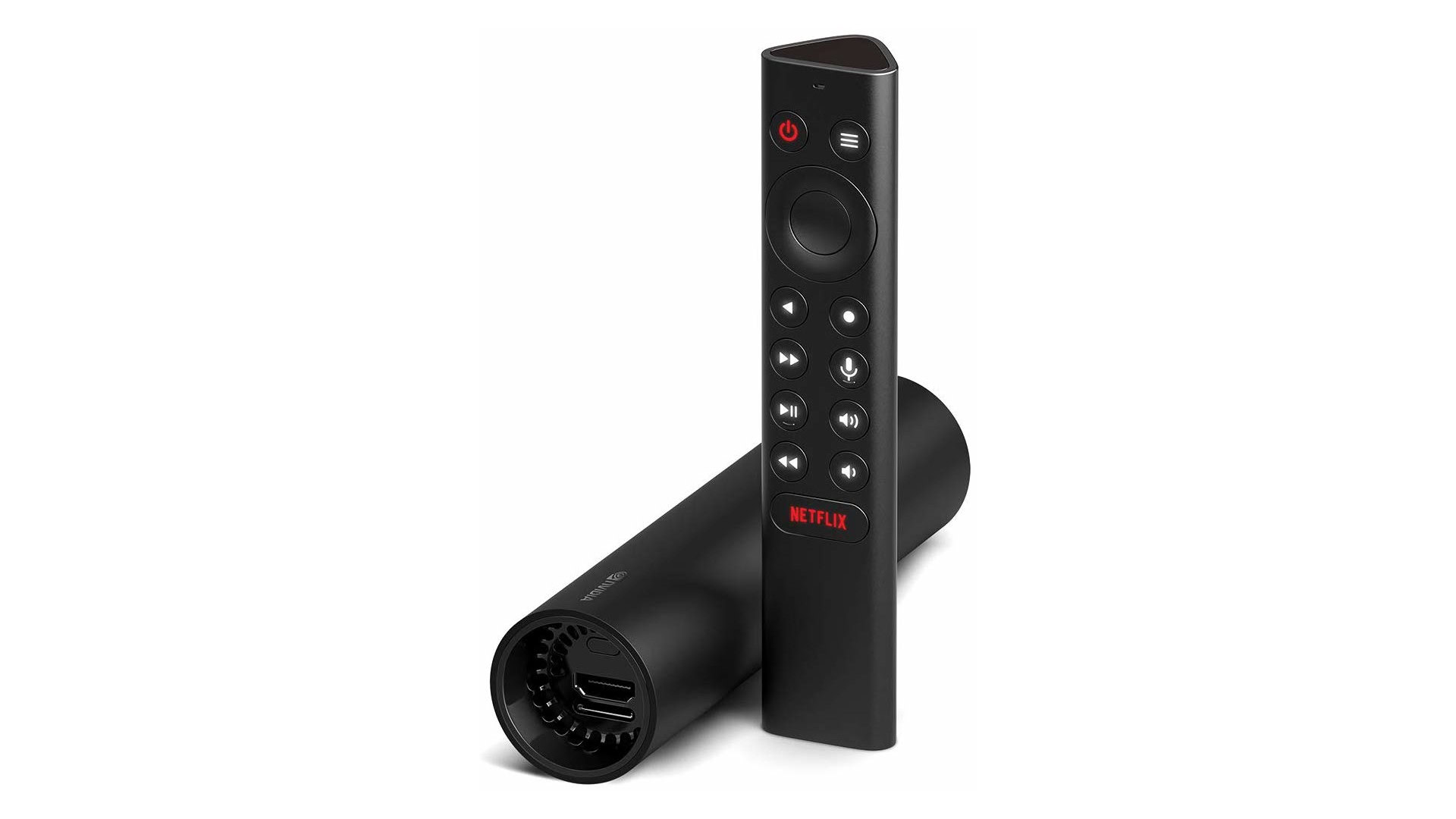
NVIDIA has long been known for its gaming chips, and now you can get a taste of them on your Android TV. It’s a pretty old device, having launched back in 2019, yet it remains the best example of Google’s operating system. The tube-shaped streaming device packs Dolby Atmos, Dolby Vision, and AI-powered content upscaling into a $150 package (although it goes on sale occasionally).
NVIDIA blended Dolby Vision, Dolby Atmos, and AI upscaling to create the top Android TV device.
One of the more unique aspects of NVIDIA’s device is the Toblerone-shaped remote. It’s unlike any others on the market, and it fits comfortably into your hand better than you might expect it to. The remote offers your standard array of controls and a dedicated Netflix button for good measure.
Even though NVIDIA’s hardware is four years old, the platform still receives regular updates. That means you’ll find support for all of your favorite streaming systems, and the Shield TV remains a top option for bingers and gamers alike. If you’re hoping for a few more advanced gaming options, you’ll have to splash out an extra $50 for the NVIDIA Shield TV Pro ($199 at Amazon).
Pros
- Still receives frequent updates
- Comfortable triangular remote
- Dolby support and upscaling
Cons
- On the expensive side
- Old hardware
Check out our full review to learn more about the NVIDIA Shield TV.
Are you looking for other recommendations? While the NVIDIA Shield TV is our top recommendation, keep reading below for other choices worth considering.
Other Android TV boxes worth considering
- Chromecast with Google TV 4K: The latest Chromecast is one of the best media streaming devices out there. It comes with a slick remote and sports the Google TV skin. It can also output video in 4K resolution.
- Chromecast with Google TV HD: If you want to keep costs low, the Chromecast with Google TV HD is the way to go. It’s just as awesome as the higher-end version, but it can only reproduce video at 1080p. This is still plenty good for many users, though.
- TiVo Stream 4K: For those of you not committed to cord-cutting, the Stream 4K is a winner. It packs great Sling TV integration, even if the UI seems to have a split personality.
- Xiaomi TV Box S (2nd Gen): The Xiaomi TV Box S (2nd Gen) is a solid alternative if you want excellent performance, a simple remote, 4K resolution, and a nice UI.
- Xiaomi MI Smart Video Projector 2: This isn’t just an Android TV box, but it comes with an integrated projector. You better be ready to hear about the price, though.
The best streaming device for most people
The Chromecast with Google TV 4K is one of the best media streaming devices you can buy, and we stand by it. However, it’s only a close second regarding Android TV boxes. The NVIDIA Shield TV performs better overall, which is why it takes the top spot. Google’s Chromecast with Google TV 4K offers incredible value for your money, though, as you’ll only have to shell out $50 to bring it home.
When we refer to Google TV, we’re talking about Google’s UI skin. Under the hood, the Chromecast with Google TV is still working with Android TV, and it offers all of the streaming platforms you could ask for. It even comes with Google’s beloved Chromecast remote right in the box.
This time around, Google has released a couple of versions of the Chromecast with Google TV. This one is the higher-end version with 4K resolution capabilities. There is an HD (1080p) version, which we’ll discuss in the next section.
Pros
- It comes with Google’s remote
- Offers support for almost all streaming services
- Google TV skin is great
Cons
- No significant changes from the previous version
Check out our full review to learn more about the Chromecast with Google TV.
The best Full HD Android TV device


The Chromecast with Google TV 4K is awesome, but it makes no sense to get it if you don’t have a 4K TV. Especially if you can save a good chunk of change by simply getting the Chromecast with Google TV HD. It has the same design, remote, upgrades, UI, and a lower $30.
The only difference is that it will output video at 1,920 x 1,080. Which might be plenty for many of you. Full HD TVs are still very common, even if 4K televisions have become cheaper. And it still supports HDR content.
Pros
- Affordably priced
- It comes with Google’s remote
- Offers support for almost all streaming services
- Google TV skin is great
Cons
- Limited to 1080p streaming
- No significant upgrades from the previous version
Check out our full review to learn more about the Chromecast with Google TV HD.
The best for live TV
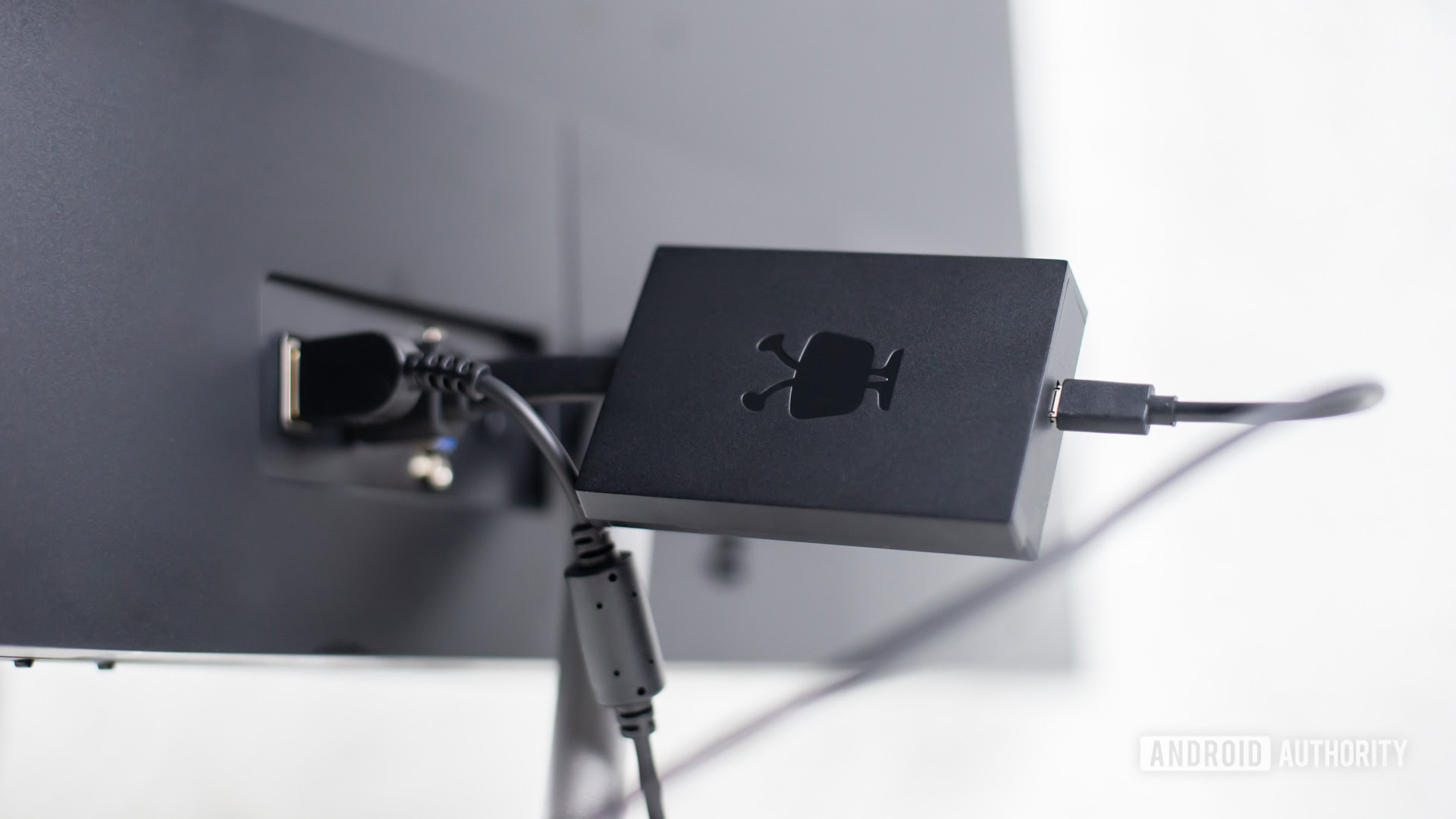
TiVo built the Stream 4K to be a Chromecast killer, complete with a low $40 price point. It offers one of the most powerful remotes on our list of Android TV devices, and it’s easily the best if you want to watch live TV. TiVo teamed up with Sling TV to bring plenty of live channels that you can surf with the remote’s NumPad. Overall, it’s a solid choice if you’re not entirely committed to cutting the cord.
On the other hand, TiVo seems to find itself in competition with Android TV. It added a second UI on top of Android TV, which essentially offers the same set of apps and features, just arranged differently. We wouldn’t mind it much as the only UI, but it can be confusing to switch between them. If you can choose between Jekyll and Hyde, you’re in for a solid streaming experience.
Pros
- Easy to set up
- Live Sling TV integration
- Large remote with plenty of buttons
Cons
- TiVo’s UI competing with Android TV
- Less appealing design
Check out our full review to learn more about the TiVo Stream 4K.
A decent price and a bit more power
The Xiaomi TV Box S (2nd Gen) is readily available in the States and sticks with the familiar low-cost approach. You will have to pay $70 to add it to your smart home setup, bringing 4K HDR support into the Xiaomi mix.
This is no lackluster, either. It actually competes with the more expensive options on this list. The unit supports 4K definition, HDR10+, Dolby Atmos, dual-band Wi-Fi, and Bluetooth 5.2.
Of course, if you feel this one is a bit pricier than you would hope, you can also go for the Xiaomi Mi TV stick ($49.99 at Amazon), which gets downgraded to 1080p resolution and costs $50.
Pros
- Excellent 4K HDR10+ support
- Clean Android TV experience
- Fair price
Cons
- More expensive than the Chromecast with Google TV 4K
- The device is a bit larger than we’d like
An Android TV projector with full portability
If money is no object, or you simply want something a bit more exciting, the Xiaomi MI Smart Video Projector 2 is definitely a device you should consider. It costs a whopping $600, but it is more than just one of the best Android TV boxes.
The Xiaomi MI Smart Video Projector 2 can connect to any TV via HDMI and offer the full Android TV experience, but that’s not really what makes it special. It has an integrated projector that can output 500 lumens of brightness. Additionally, its small size (4.9 x 5.9 x 5.9 inches) is very convenient. Not to mention, the design is gorgeous.
You’ll get to enjoy a 1080p resolution at up to 120 inches, two 5W speakers, Wi-Fi support, Bluetooth connectivity, an auxiliary audio jack, and everything Android TV has to offer.
Pros
- Integrated projector with 1080p resolution
- Great design
- 500 lumens
Cons
- Very expensive!
- The remote could be improved
Buying the right Android TV device for your needs
Not all users come to the table with the same needs, and not all devices are created equally. You’ve already settled on Android TV, which takes that factor out of the equation. However, you’ll still want to pay careful attention to the remote control that comes bundled with your device. Some are better than others, with more buttons and more comfortable designs.
You may also want to consider what you’ll use your device for. Like the NVIDIA Shield TV, some are better for gaming, while others, like the TiVo Stream 4K, are great for live TV. Google Nest users will also probably find themselves drawn to the Google Chromecast with Google TV to keep things uniform.
It all depends on your needs, but we’re sure you want to get the most value for your money. Price is an essential factor, so we’re focusing heavily on the cost for this list of the best Android TV boxes.
You’ll also want to ensure you get an Android TV device matching your TV features. If you have a higher-end 4K TV, for example, you want to make sure you get one that supports said resolution, as well as any added features like HDR. If you don’t need any of those additions, you can save money with a 1080p device.
FAQs
Android TV is Google’s smart TV operating system. As its name entails, it’s based on the same company’s Android OS, which was made for mobile devices. It was modified with a UI better suited for content discovery, voice search, and general content streaming.
Google TV can actually be multiple things. The name was first used for Google’s TV operating system. Android TV replaced it. The monicker was then used to refer to a UI skin improved for the living room experience, which runs on top of Android TV. Alternatively, it’s also a service offered by Google. Google TV replaced Google Play Movies & TV, and it’s a video-on-demand service.
Android TV lives in plenty of dongles, set-top boxes, and can also come integrated into TVs. Popular brands that offer Android TV devices include Sony, Hisense, Philips, and TCL.
Android TV devices can be costly, but they don’t have to be. You can get an official Chromecast with Google TV HD for just $30. And if you’re in the market for a new TV, many of them already have it, so you might not need to pay anything extra to enjoy Android TV.
If you want a high-end Android TV, we like recommending the NVIDIA Shield TV or Shield TV Pro. However, that one is made for gamers and might be overkill for most users. The best Android TV device for most people is the Chromecast with Google TV 4K. It offers plenty of features and comes at an amicable price.